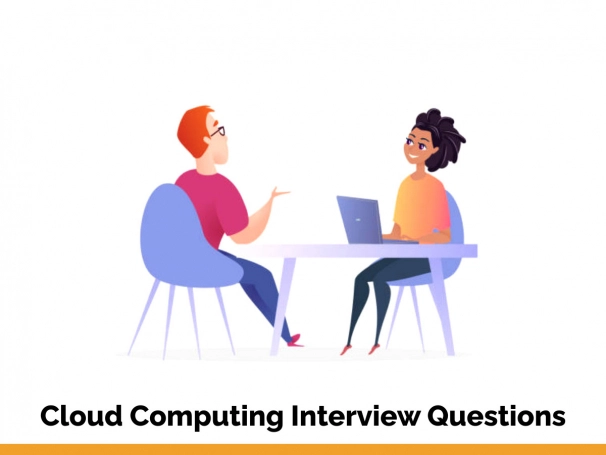Practice Best Cloud Computing Interview Questions
Cloud computing is new technology to make available resources such as storage and computational power, without complex management by the client. Thus, the term is used to describe data centers available to users over the Internet, moreover, large clouds, often have functions distributed over multiple locations from servers and if the connection is closer to the user, it is designated an edge server.
Clouds may be concentrated on an organization (called enterprise or private), or to multiple organizations (public) and rely on sharing the resources to achieve coherence and scalability.
In today’s industry, Cloud Computing is emerging at a vast pace. Many organizations are trying to adapt it in several ways which helps them to get many benefits. It is a fruitful career option for any person who has good knowledge in this field. There are a plethora of companies that are offering the jobs and giving a salary that ranges from small to large scale according to the position of the job. To get a good job, you definitely need to crack the interview. So, to help you, here we provide you the 20+ Best Cloud Computing Interview Questions which may be asked in interviews. Give a look at them:

